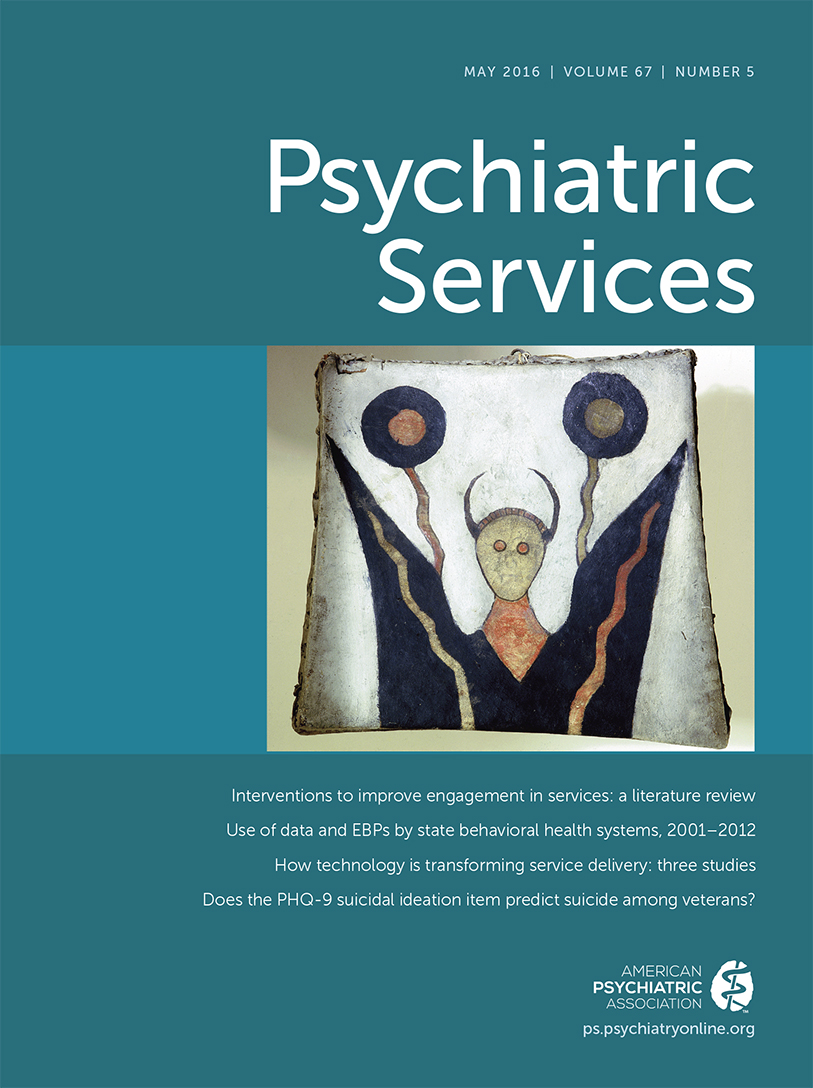An Experimental Comparison of Telepsychiatry and Conventional Psychiatry for Parolees
Abstract
Objective:
Many offenders treated for psychiatric disorders while incarcerated are paroled to counties where psychiatric care is limited, leading some correctional departments to offer psychiatric treatment via videoconferencing (“telepsychiatry”). However, the effectiveness of telepsychiatry for offenders with psychiatric disorders has not been rigorously evaluated.
Methods:
In this randomized field experiment, the authors compared the effectiveness of telepsychiatry and in-person psychiatric sessions (treatment as usual) among 71 parolees receiving outpatient psychiatric treatment over a six-month period. Satisfaction with treatment, therapeutic alliance, medication adherence, and psychological functioning were measured. Follow-up data were collected from 60 of the 71 (85%) patients (N=20, telepsychiatry; N=40, control condition).
Results:
Findings revealed high satisfaction with telepsychiatry overall and no significant group differences in medication adherence or psychological functioning. However, telepsychiatry patients reported lower levels of therapeutic alliance at follow-up.
Conclusions:
Telepsychiatry appeared to be an acceptable and effective approach for providing psychiatric care for this population.




